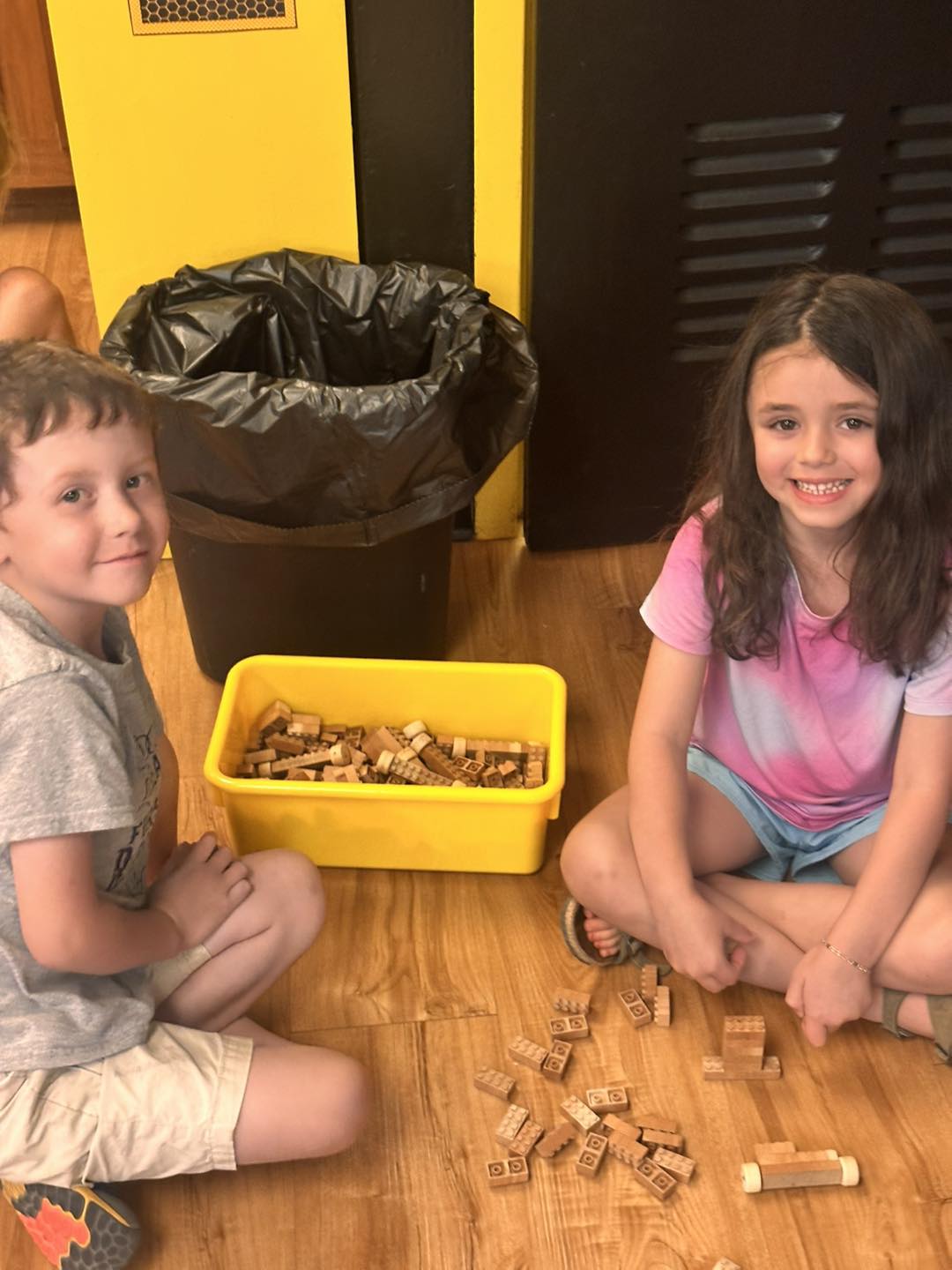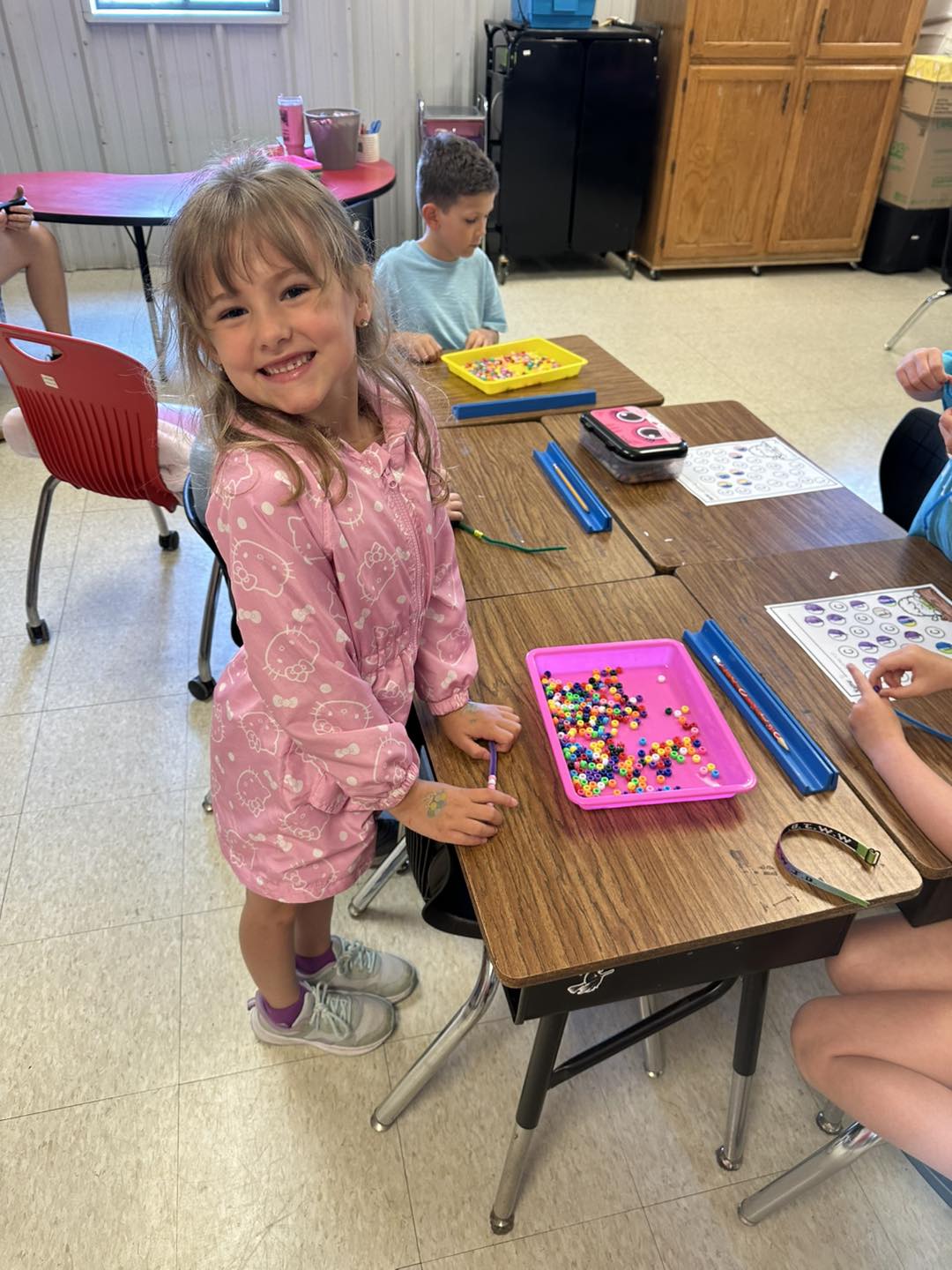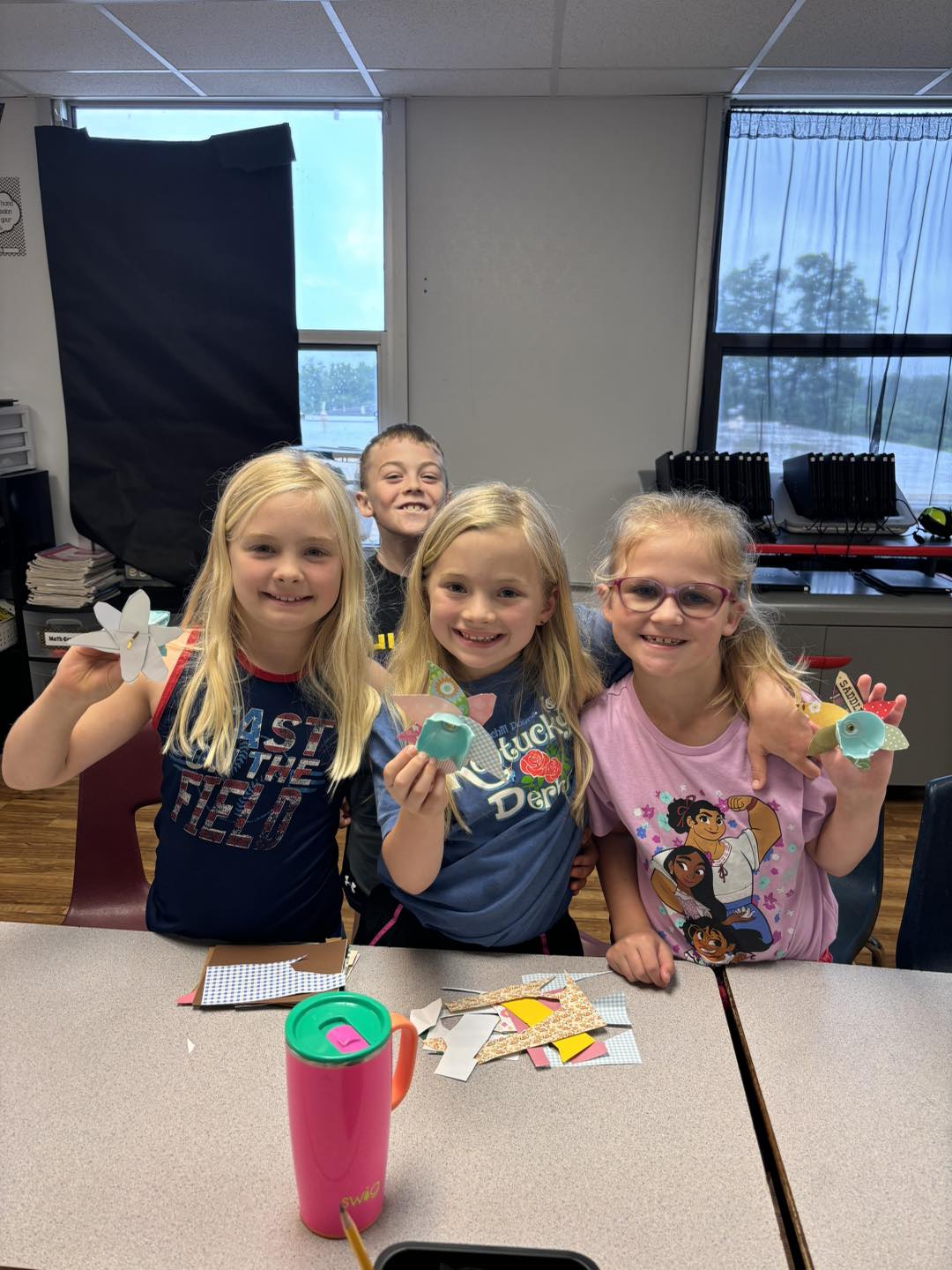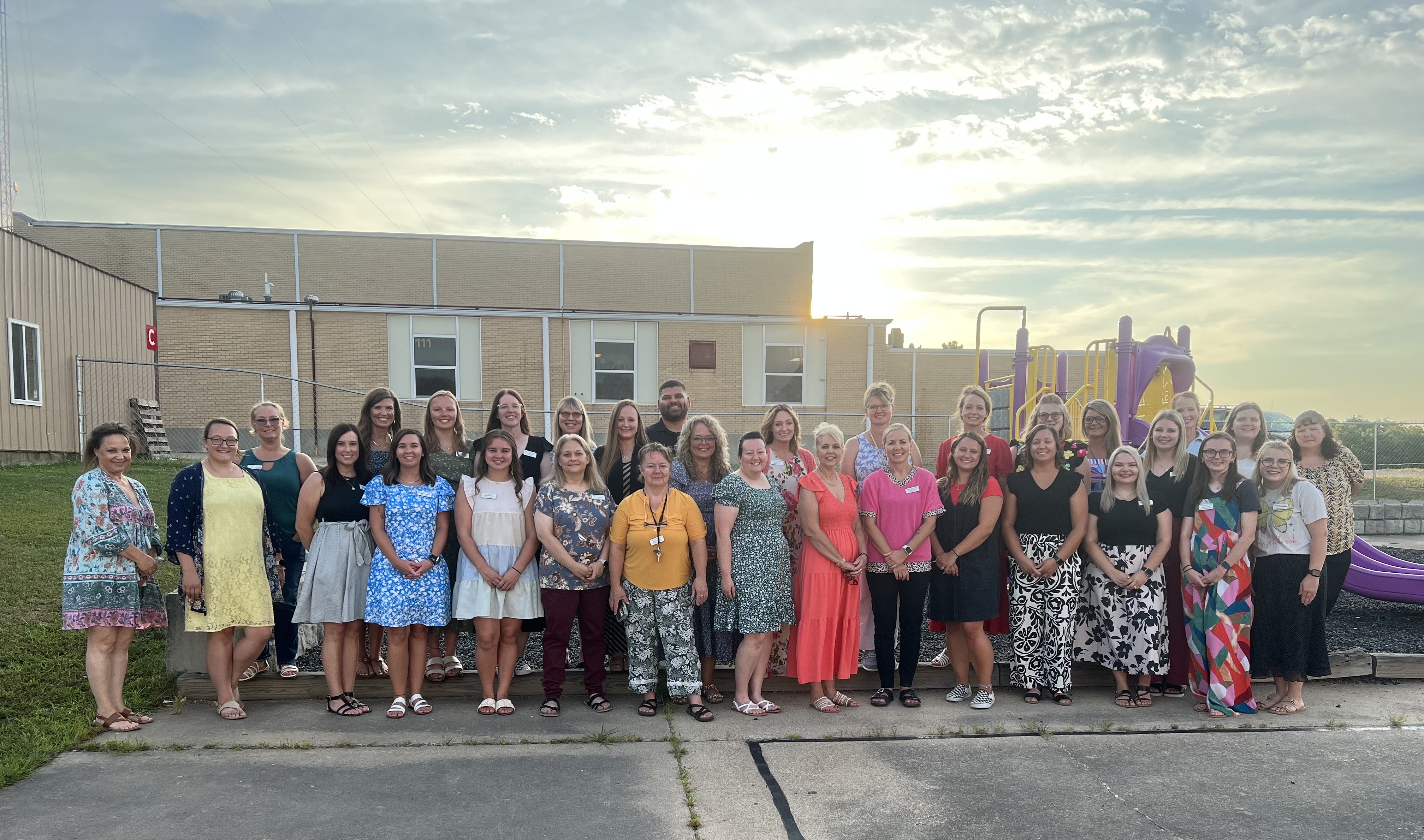Elementary School









Phone: 573-859-3800
Fax: 573-859-3446
Address: 503 W. Third Street, Belle MO 65013
Elementary Building Improvement
2025-2026 Building Improvement Plan
Curriculum
Kindergarten | |||
1st Grade | |||
2nd Grade | |||
3rd Grade | |||
4th Grade | |||
Mathematics | |||
Email Contacts
Office
Principal: brobertson@mariesr2.org
Secretary: sbuechter@mariesr2.org
Counselor: krauseh@mariesr2.org
Nurse: mlewis@mariesr2.org
Kindergarten
Ms. Dothage: ldothage@mariesr2.org
Mrs. Woodruff: woodruffk@mariesr2.org. Mrs. Woodruff's Web Page
Ms. Piezsuch. epiezsuch@mariesr2.org
1st Grade
Ms. Daugherty: kdaugherty@mariesr2.org
Ms. Mace tmace@mariesr2.org
Mrs. Roningen droningen@mariesr2.org
2nd Grade
Mrs. Halbrook ahalbrook@mariesr2.org
Ms. Helling ahelling@mariesr2.org
Mrs. Gehlert sgehlert@mariesr2.org
3rd Grade
Mrs. Stockton: cstockton@mariesr2.org
Mrs. Butler dbutler@mariesr2.org
Mrs. Backus kbackues@mariesr2.org
Mrs. Lambeth alambeth@mariesr2.org
4th Grade
Specials
Gifted: atibbetts@mariesr2.org
Vocal Music: jwalters@mariesr2.org
Library: slansford@mariesr2.org and sdaugherty@mariesr2.org
Title One: lansford@mariesr2.org
Title One: bhinson@mariesr2.org
Water Testing
Belle Elementary has participated in a drinking water testing program offered through the Missouri Department of Health and Senior Services (DHSS) to determine the presence of lead in drinking water in schools and child care facilities with the intent to reduce overall childhood lead exposure. Lead is a toxic heavy metal that is harmful if inhaled or swallowed, and is particularly dangerous for children. No safe blood lead level in children has been identified. Even low blood lead levels in children are associated with poor academic achievement and higher rates of neurobehavioral disorders such as hyperactivity and attention deficits. Because the developmental effects of lead toxicity may be permanent, prevention of lead exposure is key to assuring our children have the best chance at success.
Testing drinking water for lead is important to maintain a safe and healthy environment for our children to learn and play. Children can be protected from lead by reducing or eliminating dangerous lead sources before exposure. Materials, like pipes and fixtures may contain lead and can corrode over time releasing lead into the water supply. Testing is the only way to confirm the level of lead in our drinking water. The U.S. Environmental Protection Agency (EPA) has established a lead in drinking water level of 15 parts per billion (ppb). Lead levels in drinking water at or above this standard are considered elevated and require action be taken. Revised Statutes of Missouri 701.200, requires schools that perform lead testing to notify the public of the results of that testing.
On 6/22/2023 samples were collected from all fixtures and tested for the presence of lead following the protocols described in the EPA’s 3Ts guidance (https://www.epa.gov/ground-water-and-drinking-water/3ts-reducing-lead-drinking-water-toolkit ). The samples were submitted to the Missouri State Public Health Laboratory.
___xx Samples tested below 5 ppb
_____ Samples tested between 5 ppb and 14.9 ppb
_____ Samples tested at 15 ppb or more (faucets removed from service; mitigation plan is pending)
A copy of the lead in water test results can be found here and will also be posted at the Maries Co. Administration Building and on our website. For more information about lead in water testing at our facility, please reach out to Tony Gieck at 573-859-3800
Water is not the only source of lead that can poison our children. To learn more about the dangers of lead poisoning in your home, visit the DHSS website: https://health.mo.gov/living/environment/lead/index.php
To learn more about the WIIN Grant: https://health.mo.gov/living/environment/wiin-grant/
